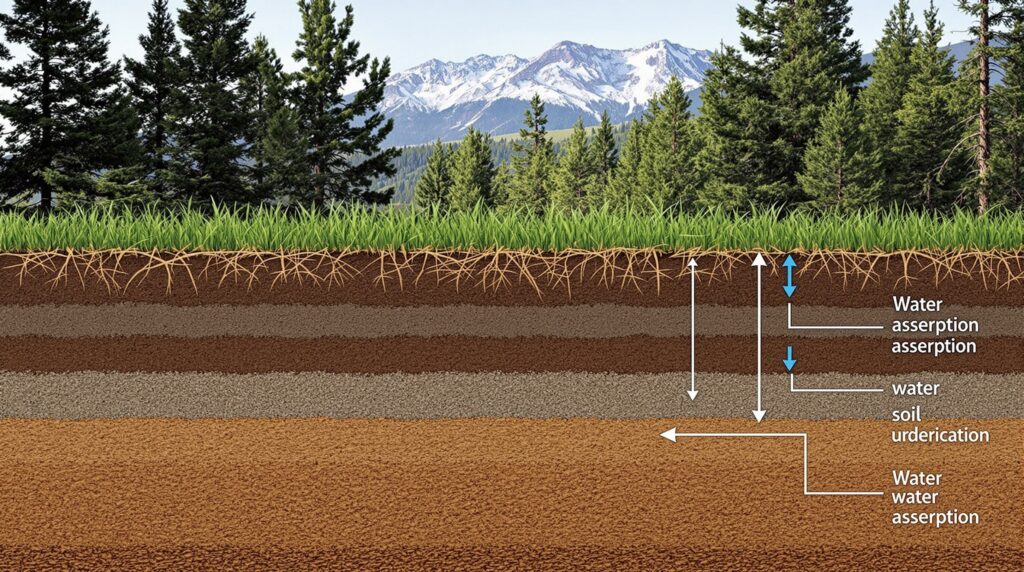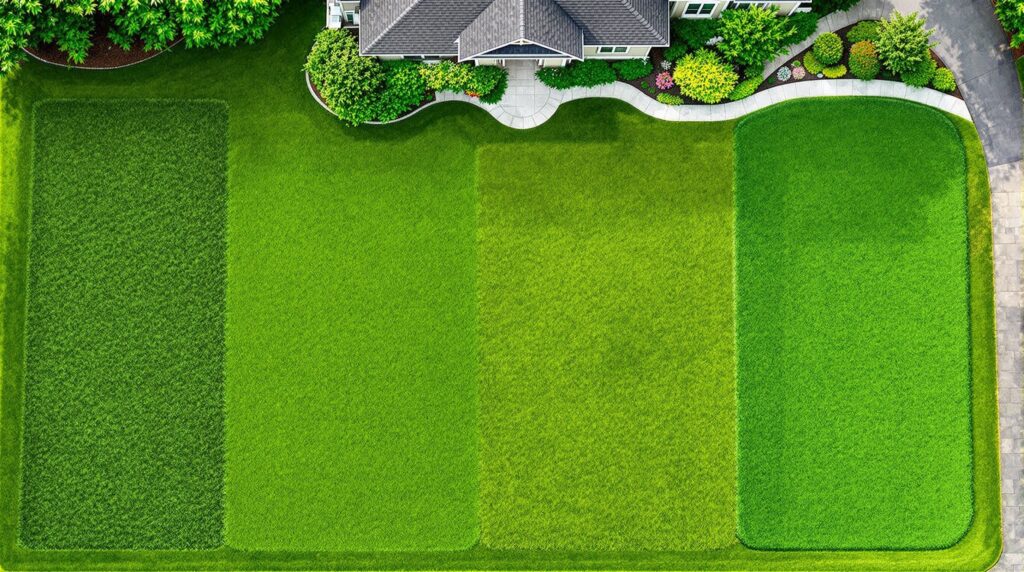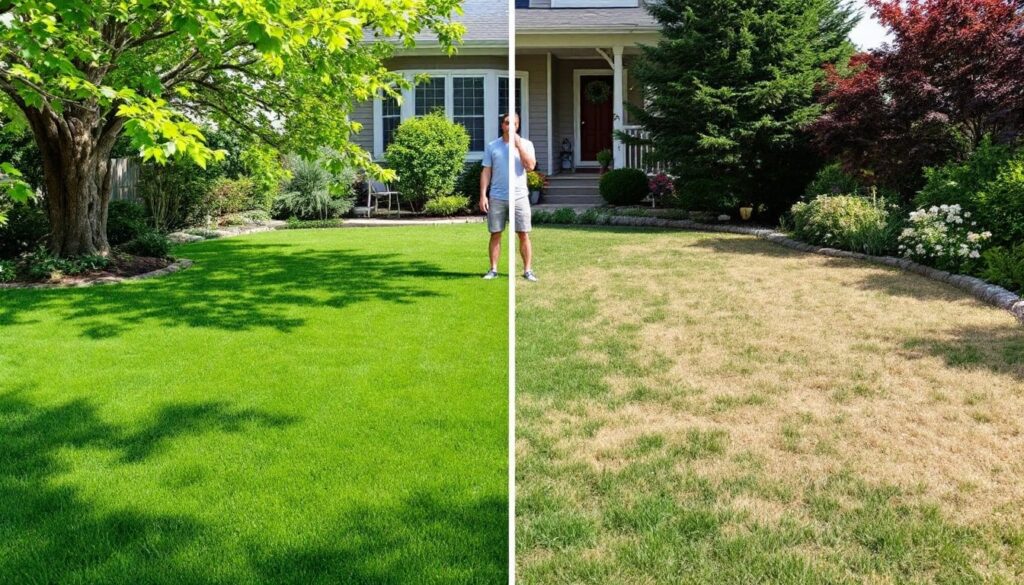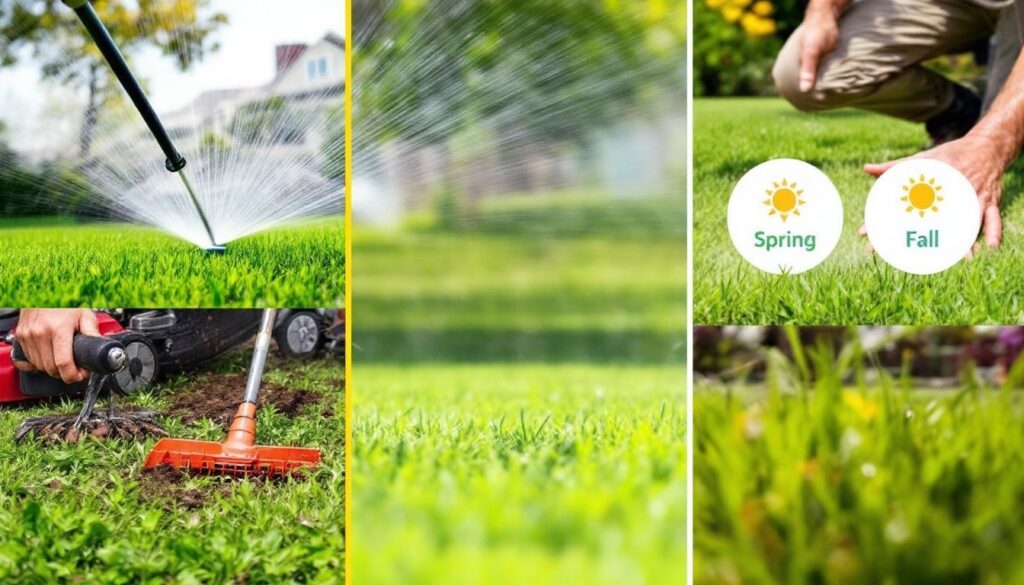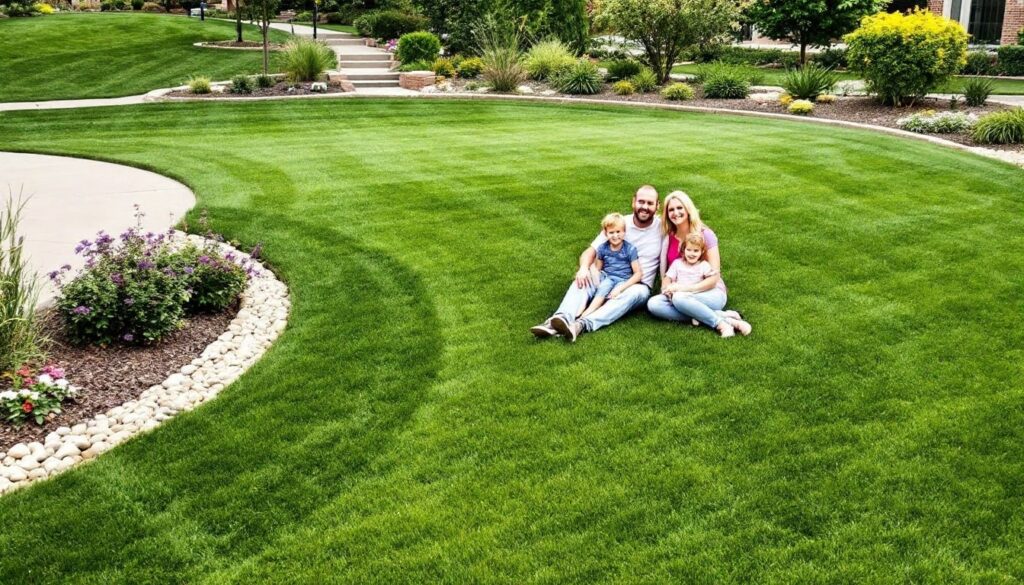Best Grass Types for Lawns in Castle Pines: Pros and Cons
If you’re looking to create a lush, vibrant lawn in Castle Pines, choosing the right grass type is essential. With the area’s unique climate, soil conditions, and seasonal weather changes, not all grasses thrive equally. Whether you want a low-maintenance, drought-tolerant lawn or a luxurious, deep green yard, understanding the pros and cons of different grass types can help you make the best decision. In this guide, we’ll break down the best grass options for Castle Pines, helping you find the perfect fit for your home.

